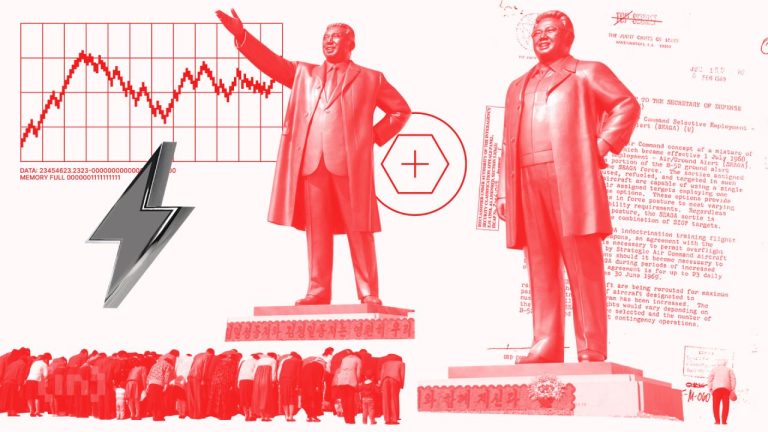
Understanding HIIT

High-Intensity Interval Training (HIIT) is a workout strategy that alternates between short bursts of intense exercise and fixed periods of less-intense activity or complete rest. This training method has gained popularity for its effectiveness in burning fat and improving cardiovascular fitness.
The Science Behind HIIT

HIIT works by challenging your body to work at maximum effort for short durations, pushing your heart rate to its peak. When you do this, your body continues to burn calories even after the workout is done, a phenomenon known as excess post-exercise oxygen consumption (EPOC).
Benefits of HIIT for Fat Loss

One of the primary benefits of HIIT is its efficiency. A HIIT session can burn more calories in 30 minutes than a moderate-intensity workout would in an hour. Additionally, HIIT has been shown to reduce body fat while preserving muscle mass, making it an ideal choice for those looking to lose fat without sacrificing strength.
How to Start a HIIT Program

To start with HIIT, choose exercises that you enjoy. This can include sprinting, cycling, jump rope, or bodyweight exercises like burpees and squat jumps. A standard HIIT session can last anywhere from 15 to 30 minutes, incorporating warm-up and cool-down periods.
Sample HIIT Workout

Here is a simple HIIT workout you can try:
1. Warm-up: 5 minutes of light jogging
2. 30 seconds of sprinting
3. 1 minute of walking
4. Repeat the sprint/walk cycle for 10-15 minutes
5. Cool down: 5 minutes of stretching
Tips for Success

Stay hydrated, listen to your body, and gradually increase the intensity as your fitness improves. Consistency is key, so aim to incorporate HIIT into your routine 2-3 times a week.






